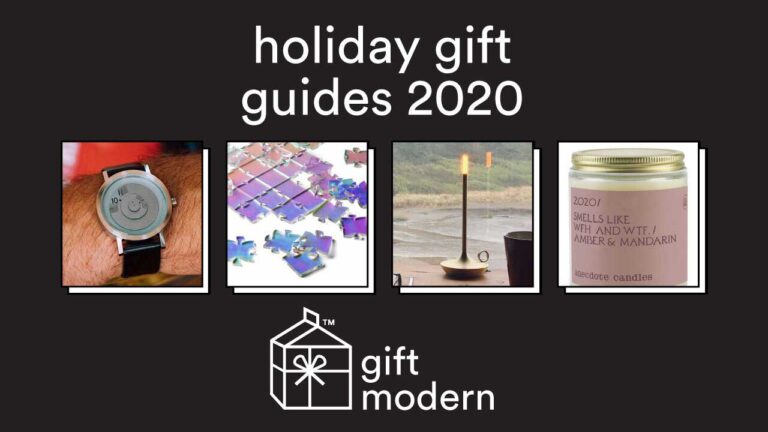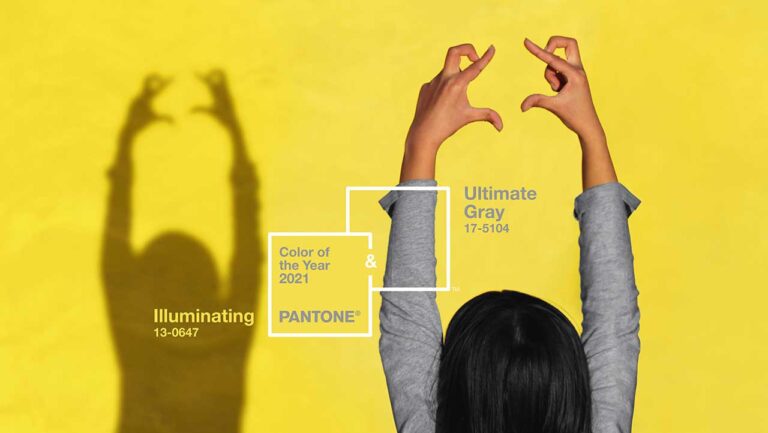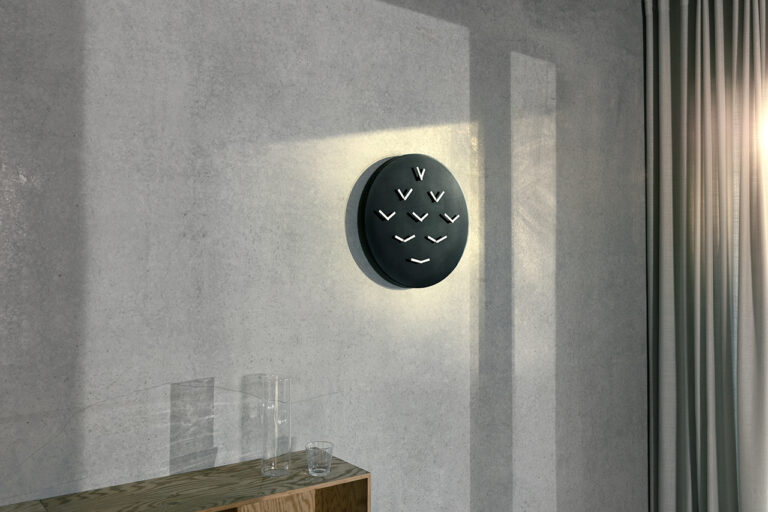Jerald Cooper Is Disrupting the Architectural Preservation Game
Thanks to Melissa Goldstein, Shayan Asgharnia and Damaris Garcia for words, photos and styling.
“I’m obsessed with posting something you’ve never fucking seen – or, something you’ve seen, but I get to recontextualize it,” says Jerald Cooper, founder of the creative studio Things We’ve Made, and the man behind the Instagram account HOOD CENTURY. “The latter is almost more powerful than the former, because it opens your mind.” It was that sort of epiphanal moment that inspired him to start the 20k-strong account, whose tagline attests: “Yes, there is mid-century modern design in the hood!”

Courtesy of Jerald Cooper \ HOOD CENTURY \ Photo by Alister Mori
Cooper, who is in his mid 30s, had been working in the music industry (first managing Jay Z’s audio engineer Young Guru for a decade, then signing British R&B star Ama Lou to Interscope), and was fresh off a breakup, when he flew from Los Angeles to his native Cincinnati last fall. Living in the Californian mecca of mid-century architecture on-and-off for the past 15 years meant that his real estate radar was sharply attuned: “I was literally walking to the top of my childhood street, and just looked at this mid-century modern dead-on, and I was like: I don’t think people know about that!”

Courtesy of Jerald Cooper \ HOOD CENTURY
What began as an experiment has since turned into a full blown preservation movement (complete with collectible merch like coffee table architectural flashcards to be released this October). Posts both teach history and play with it, depicting the past, the present and the pop: See the image of the Hunt House in Malibu, built by architect Craig Ellwood, with Cooper’s ’64 Pontiac Tempest photoshopped into the frame so it appears to be parked out front. Or the still of Don Cheadle in Boogie Nights, visiting the mid-century shop, Miss Donut. Or the Compton Cowboys riding on horseback past the Harold Williams-designed City Hall. “I know what’s cool; why can’t what’s cool help preserve what is needed to be preserved? That was the first thought,” Cooper explains. “Second thought is like, why are we depending on people that clearly don’t have our best interest to preserve our shit?” We caught up with Cooper during the Los Angeles Design Festival, where he was staying at the Neutra VDL Studio and Residences at the invitation of the director, yet another of HOOD CENTURY’s fans and followers.

Courtesy of Jerald Cooper \ HOOD CENTURY

Photo: Shayan Asgharnia
Melissa: How do you connect calling attention and appreciation and awareness to mid-century architecture to actually preserving it?
Jerald: My first thing is illuminating these issues. If that’s the only thing that I do – liberating the minds of young and old preservationists to seed shit – then that is preservation in itself. But then there’s like: Yo, there’s actual work that needs to be done – not only in preservation, but in the housing reform space and some of these spaces that have been marginalized by capitalism…So let’s start to take a keen eye on cultural preservation in a way that works on Millennials and Gen Zs and utilize their influence digitally, because the sheer number of them outnumbers the generation before, almost times-ten.
Melissa: What is it about the HOOD CENTURY account that you think is resonating most with people right now?
Jerald: I do think I opened up an aesthetic look, like a thing, like a portal: Black bodies in modern settings. And I think I opened it up in a very interesting way, because every person who experiences modern, experiences modern differently. It’s an aesthetic it rips open: The Black body being in front of it is one rip, then my friends knowing that that is mid-century is another rip.
Why are we depending on people that clearly don’t have our best interest to preserve our shit?
Melissa: What is the best way to protect the buildings in need of protection?
Jerald: I’m about to be one of the biggest fundraisers in the United States around preservation and here’s how I’m going to do it: I’ll do some shit like drop a preservation collection with and we’ll give a huge percentage of that to those homes that we love in the modern space, and annually we’ll always do something like that. So the idea is having young people sign up to be a member of the preservation society. So all of a sudden you’ll start to see these young kids on their resume: like, yo, I’m part of the HOOD CENTURY Preservation Society! You’ll literally have more soldiers on the ground as a part of the preservation society than actual nerdy preservation people like myself, you know what I’m saying? So now you have a nationwide pool, you have all the kids saying, “Hell yeah I want to preserve it! And I have a cool ass poster of the house, and I get to have a collaboration chair?”
Melissa: Tell us about a building you wish you could have saved.
Jerald: The other day my church was getting knocked down – it sounds like a movie. It was a matriarchal place and I still get emotional about it. It was the place that we came in the ’20s and ’30s from Georgia – from sharecropping essentially – and it was the beacon; they went there like four or five times a week, they could go there to eat if they didn’t have anything at home. And it’s getting torn down for a soccer stadium. It’s a great fucking amazing spot for a soccer stadium, I’m not going to front. But they didn’t have the representation to properly negotiate an exit deal. To properly preserve the stuff. None of our stuff is digitized. The building should have been a historical preservation site – it was actually built in the mid 1800s – but I heard that the preservation society came by and said [no] since there was a modern addition to the church. I’m tired of that shit, you know? We’ve been getting bullied too much. And I just don’t think it’s that serious for us to step in and say, actually we’re going to drop a t-shirt, we’re going to raise 50,000 dollars. We’re going to get our own people to assess it. We’re going to have our own lawyers and we’re going to go about it ourselves. And if any cultural organizations or institutions have that problem again, then they can call HOOD CENTURY.

Photo: Shayan Asgharnia
Melissa: Let’s talk about gentrification for a second.
Jerald: I don’t want people to feel so defeated about gentrification. A lot of my friends are just crying their asses off. It’s like, nah man, like learn about your neighborhood, learn about the culture, find a reason to help fundraise via really cool things that you already do. I want readers to know that this stuff is easier than they think…Because if you’re not protecting something, then the natural order is that that shit is going to get ripped from you, and that’s like animal kingdom shit. But again, that’s the reason why I started the account because I don’t feel like we can protect anything that we don’t know about properly.
Melissa: This is probably an obvious question, but why is it so important to know about your neighborhood?
Jerald: Most people don’t know shit about their neighborhoods. And maybe it’s because they don’t identify with them, or they’re busy at work, or their lifestyle or whatever, but that makes it easy for the taking. So I think this project is part of a solution of just, like learning more about the process; how a street light came up or why this street goes down that street, or why a building, or why this? And hopefully it will add this information so you can properly protect and sustain the neighborhood; its past, present and future.

Courtesy of Jerald Cooper \ HOOD CENTURY
Melissa: If you could direct people to take one helpful action what would that be?
Jerald: I want people to go outside in their neighborhood and look at shit that they have no business looking at. Go out and be nosy about your neighborhood. I’m like, ‘Ma, have you been down this street?’ She’s like, ‘No.’ I’m like, ‘You’ve lived here 40 years and you haven’t been down this street?!’ Curiosity has been killed in the inner city because of the violence. Our mothers would say, ‘Don’t be curious, don’t go around that corner, it’s not safe.’ And I didn’t understand that until I went everywhere, but could you imagine? Curiosity is the thing that all brilliant people have, and we are asking our kids not to be curious? That is so bad.

Courtesy of Jerald Cooper \ HOOD CENTURY
Melissa: Can you tell us about your connection with Black Archives?
Jerald: Last October I hit up Renata Cherlise, founder and creator of Black Archives, who just celebrated her fifth year. One of our biggest missions [at Black Archives] is a community archive, because Black identity in North America is at a crossroads: Our names are literally German and Italian and French, so we hold the names of our captors, we live in their homes and their cities. We have these very powerful mechanisms of identity through music, but we’re more than that. A lot of us started off in the worst places in cities, flood zones and horrible conditions and moving house to house to house, and so the actual Black archive as it is today is in a bad place, to say the least.

Courtesy of Jerald Cooper \ HOOD CENTURY \ Photo by Alister Mori
Melissa: Even in the first five minutes of talking to you it is clear that you are the type of person who is working on at least ten projects at once. What else do you have coming up?
Jerald: It’s not ten projects, it’s one project with ten different trees! And for each tree I get a project manager. We also have this entity called That Feeling that we’re incubating, and that’s something I created after I started seeing people understand sound more, and engage with it for mental health. But I was like, if you look at the people in North America who really need the help with mental health, they are not going to no damn soundbath. Nah. They look at meditation differently, they don’t engage with it. That Feeling is an entity for them, for the people who need it the most. We take stuff like Lauryn Hill’s “Ready or Not,” and we take the vocals out and we just have the (hums the melody). So while you’re meditating you can hear sounds that you’re familiar with and they have healing frequencies. You can think of it as the World Star Hip Hop for the mindfulness space.
We will also support young producers and artists who want to get into this authentically, and start to push media that connects specifically to certain groups that need it the most. The irony of it all is that the people who need it the most are some of the most influential people in the world: These young kids who make trends and influence us who we never meet, and have cousins that are dying or friends that are dying around them and being harassed by the police and all of this stuff, they aren’t going to yoga, bro. They’re not going to a soundbath. And so we gotta go to them.

Photo: Shayan Asgharnia
Melissa: Do you consider yourself an activist?
Jerald: Hell nah. I don’t want to be. I just want to be me. I don’t like titles generally. Black identity is my identity. It’s more about a lifestyle that I live. All of the work that I do has been in flow energy. I don’t want to be an activist, I want this to become people’s lifestyle, that they would want to know who they are and where they’re from.
ACTION STEP
Cooper asks that you support Moms4Housing. “It’s an organization that helps Black and Brown mothers and single moms get into homes. It’s another big pillar of Things We’ve Made – one of our project’s long term goals is creating a community land trust organization that helps Black women have ownership of homes. It’s helping them get into homes and get home ownership. It’s going to be a really tough couple of years, and I would hate to see families affected by homelessness.”





Leave a comment